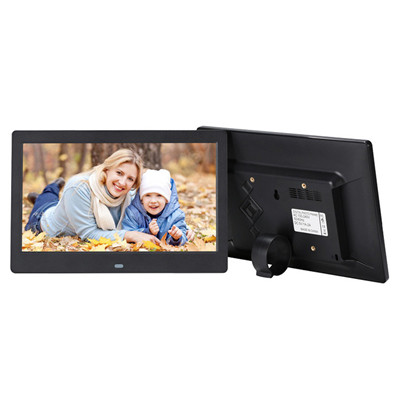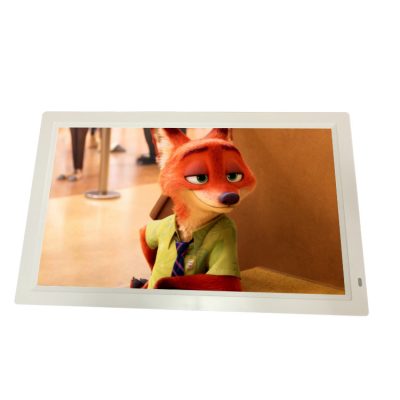Touch screens play a significant role in modern technology and have revolutionized the way we interact with various electronic devices. Their primary function is to provide a tactile and intuitive interface between users and electronic devices, allowing users to input commands or interact with digital content by directly touching the screen. Here are some key aspects of the role of touch screens:
- Input Method: Touch screens serve as a versatile input method. Users can interact with touch screens using their fingers or a stylus, making it easy to perform tasks such as tapping, swiping, pinching, and zooming. This intuitive input method has become standard in smartphones, tablets, and many other devices.
- User-Friendly Interface: Touch screens provide a user-friendly interface that is more accessible to people of all ages and abilities. The direct manipulation of on-screen elements simplifies interactions, reducing the learning curve for users.
- Multi-Touch Gestures: Multi-touch capabilities allow users to perform complex gestures, such as zooming in and out on maps, rotating images, or scrolling through content with two or more fingers. This enhances the user experience and enables a wider range of interactions.
- Versatility: Touch screens are versatile and can be used in various applications, including smartphones, tablets, laptops, desktop computers, point-of-sale systems, kiosks, ATMs, interactive displays, and more. Their versatility has led to their widespread adoption across industries.
- Enhanced Productivity: Touch screens can improve productivity in certain applications. For instance, they are commonly used in industrial settings where operators can interact with machinery or control systems directly through touch, reducing the need for physical buttons or complex interfaces.
- Accessibility: Touch screens can be adapted for accessibility purposes. Features such as larger icons, voice feedback, and tactile overlays can make touch screen devices more accessible to individuals with disabilities.
- Interactive Displays: In public spaces, touch screens are often used for interactive displays in museums, educational institutions, and retail settings. These displays engage users and provide information or entertainment in an interactive and immersive way.
- Medical and Scientific Use: Touch screens have found applications in healthcare and scientific research, enabling the manipulation of data, images, and simulations in medical devices, lab equipment, and diagnostic tools.
- Gaming: Touch screens have become a key component in gaming devices like smartphones and tablets. They enable gaming experiences that involve touch-based controls, enhancing gameplay and expanding the gaming market.
- Feedback and Haptic Technology: Some touch screens incorporate haptic feedback technology, providing users with a tactile response when they touch the screen. This feedback can simulate the sensation of pressing physical buttons, enhancing the user experience.
- E-commerce and Retail: Touch screens are used in retail environments for ordering kiosks, digital signage, and interactive catalogs. They facilitate self-service and enhance the shopping experience.
- Navigation and GPS: Touch screens are integral to navigation devices and GPS systems, making it easy for users to input destinations and interact with maps.
Overall, touch screens have become an essential part of modern technology, enhancing user interaction and expanding the capabilities of a wide range of electronic devices and systems. Their continued development and integration into various industries are likely to shape the future of human-computer interaction.















